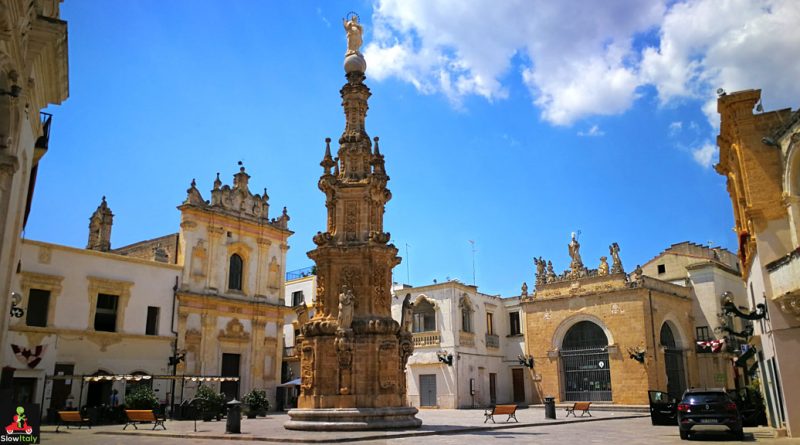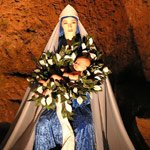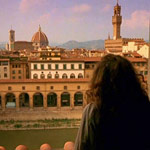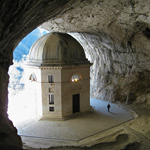Nardò, the big-hearted, sleeping beauty (Salento, Puglia)
The ancient borgo of the city of Nardò is surprisingly silent, even in the middle of July. Completely off the tourist trail, the city lies in the Salento part of Puglia, away from the more famous Apulian tourist sites Alberobello and the Itria Valley
The origin of the town is very ancient, as indicated by the etymology of the name, which derives from the Illyrian word nar, meaning ‘water’. In fact, one of the many legends related to its foundation is that the town emerged on the very place where a bull created a well, by striking the ground with its hoof (a story similar to the Greek myth of the sacred spring Hippocrene, created by the hooves of Pegasus).
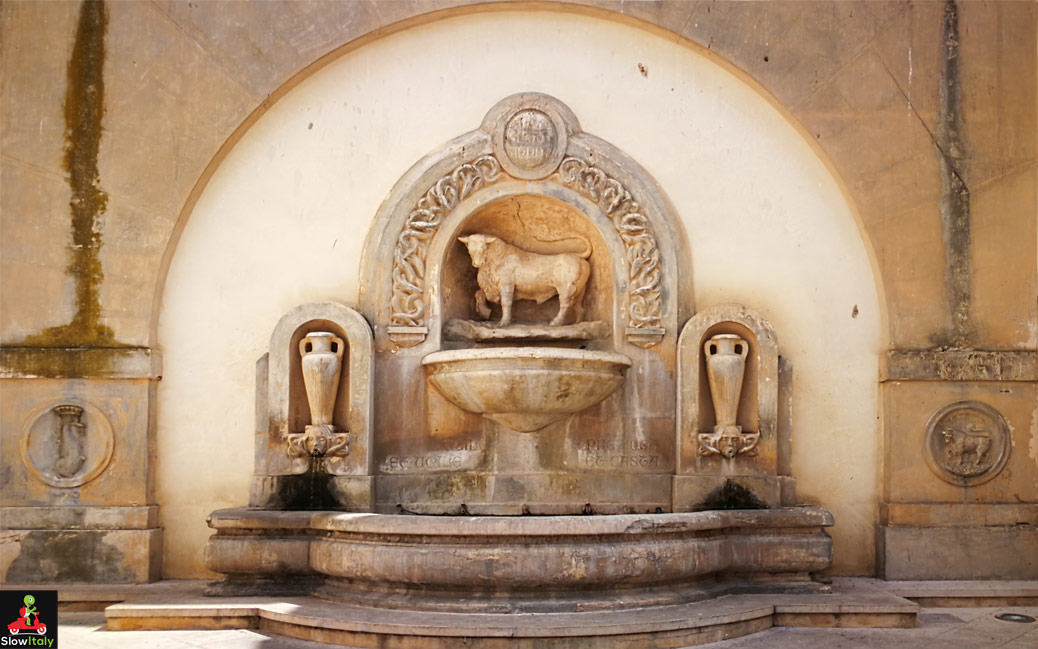
The Greek and Illyrian references shouldn’t surprise us. The city was founded by the Messapians. They are believed to have come from Illyria, the name given in pre-Roman times to the land facing Puglia on the other side of the Adriatic sea, comprising today’s Albania, Montenegro, Croatia and Bosnia Herzegovina.
The Messapians formed a military alliance with Athens to combat Siracusa and traded with the cities of the Magna Grecia, the areas of southern Italy colonized by ancient Greece. A small, ‘live’ example of this ancient Greek influence is still visible in Salento today in Grecia Salentina, a linguistic enclave in the heart of Puglia where Griko, a language with traces of ancient Doric and Byzantine Greek, is still spoken today
The image of a sacred bull (and not an ox as indicated by the Latin motto Tauro non bovi on the coat of arms of the city), probably stems from the time when Puglia was part of the Kingdom of Aragon and therefore influenced by the Spanish culture.
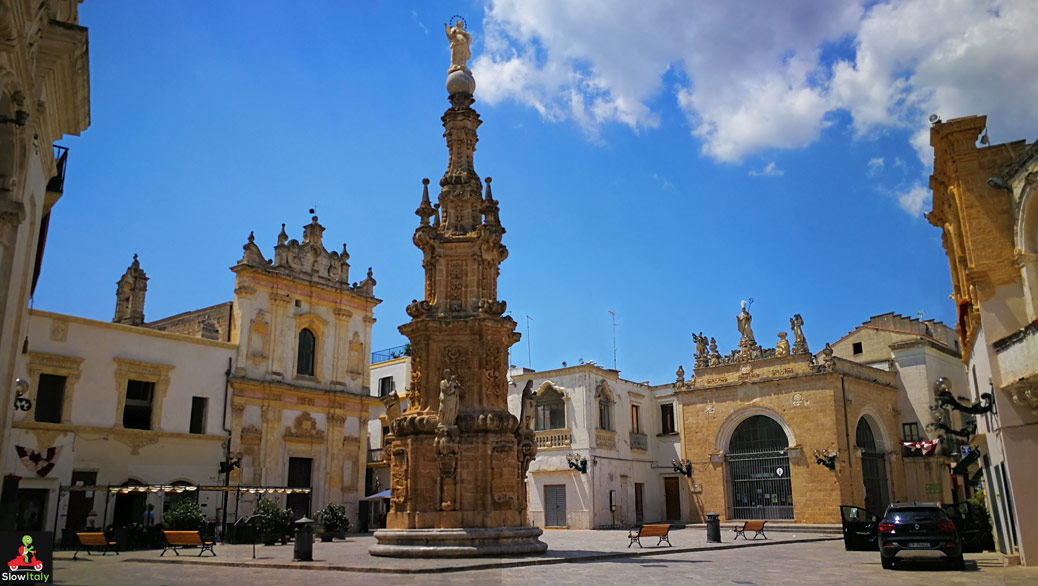
The Fountain of the Bull is located on Piazza Salandra, maybe one of the most beautiful and at the same time most surprising baroque piazze of Southern Italy, with its monumental spire in carparo stone dedicated to the Immaculate Conception and its Sedile, with its striking top piece.
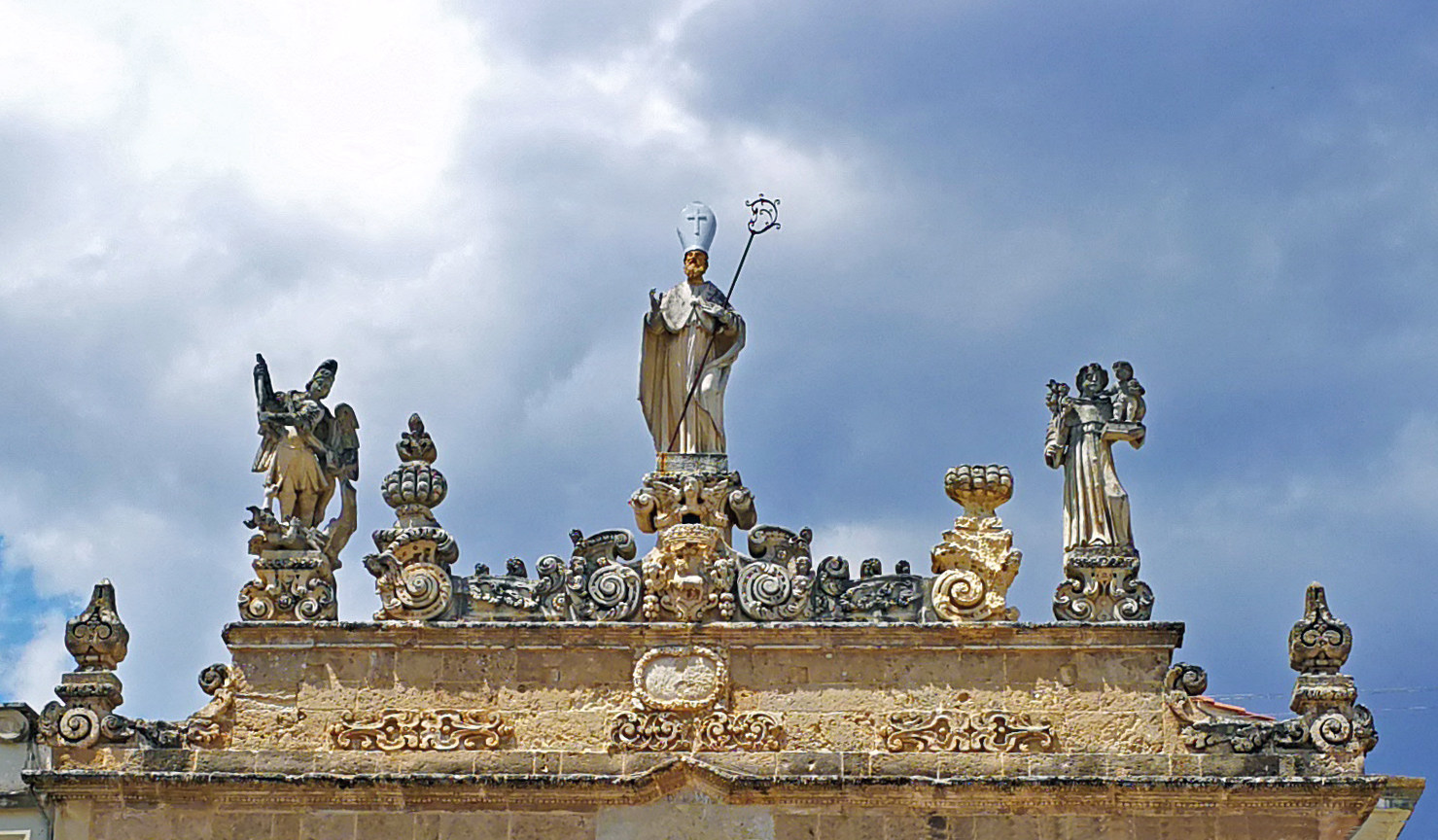
The Sedile, the town square’s most ancient building, was the seat of the magistrate responsible for taking decisions in the town’s best interests. The top piece, featuring the patron Saint of the city San Gregorio Armeno and his companions San Michele Arcangelo and Sant’Antonio of Padua, was added in the 17th century.
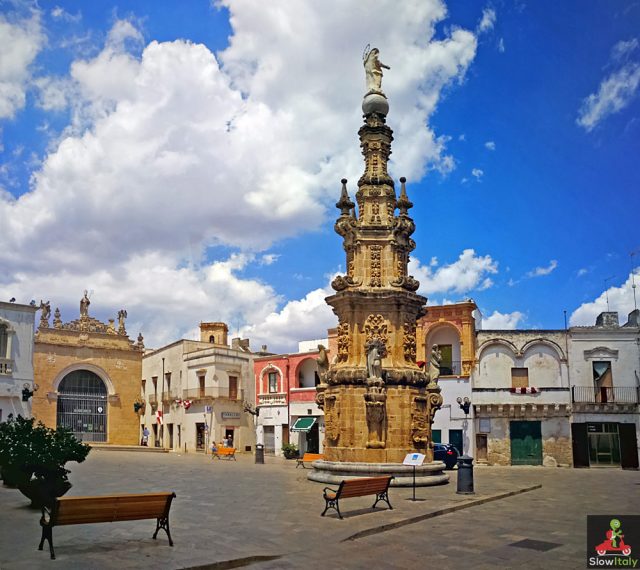
Photo © Slow Italy
An architectural curiosity is the succession of colorful balconies on Piazza Salandre, which seem to come right out of a South-American town.
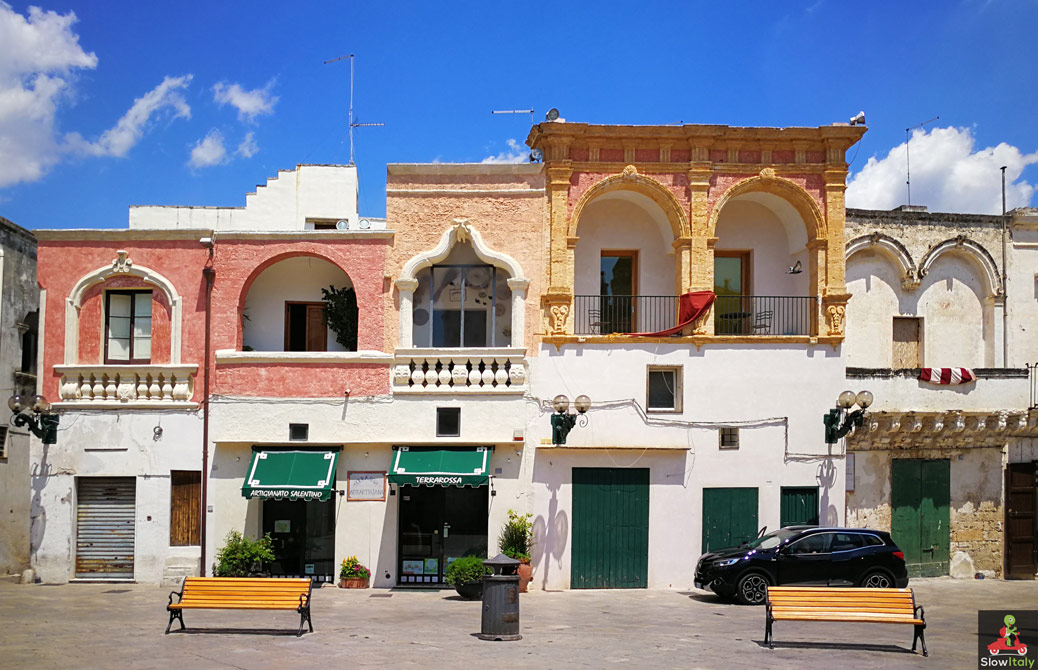
Photo © Slow Italy
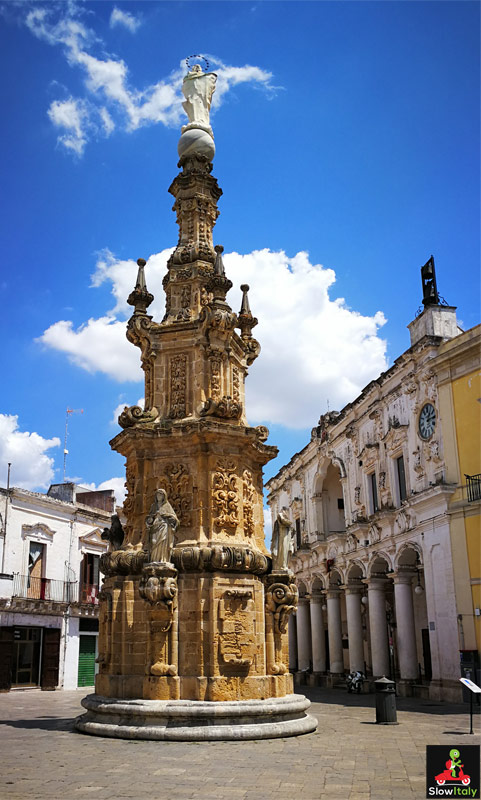
Another architectural curiosity are the numerous “orphan” arches scattered around the town.
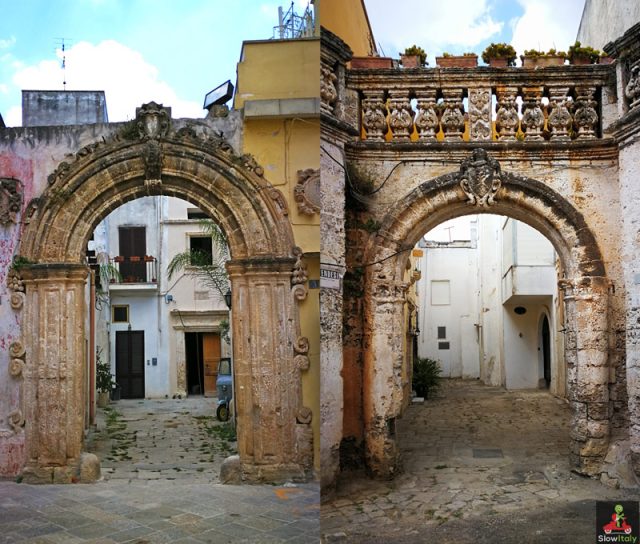
The town also counts an incredible number of historic palaces, many of which are in urgent need of restoration. The most famous one is Palazzo dell’università (1588-1612) on Piazza Salandra. The building housed the municipal offices until 1934, when they were transferred to the Acquaviva Castle. The fortress was built by the Acquaviva family, one of the seven dynasties of the Kingdom of Naples.
There is also Palazzo de Pandi, dating from the 15th century and renovated in the 1800s, with its curious, glass-roofed arched passage between the two buildings that are part of the Palazzo, which allow its inhabitants to cross the street ‘indoors’. The inner court and some of the rooms are decorated with frescoes.
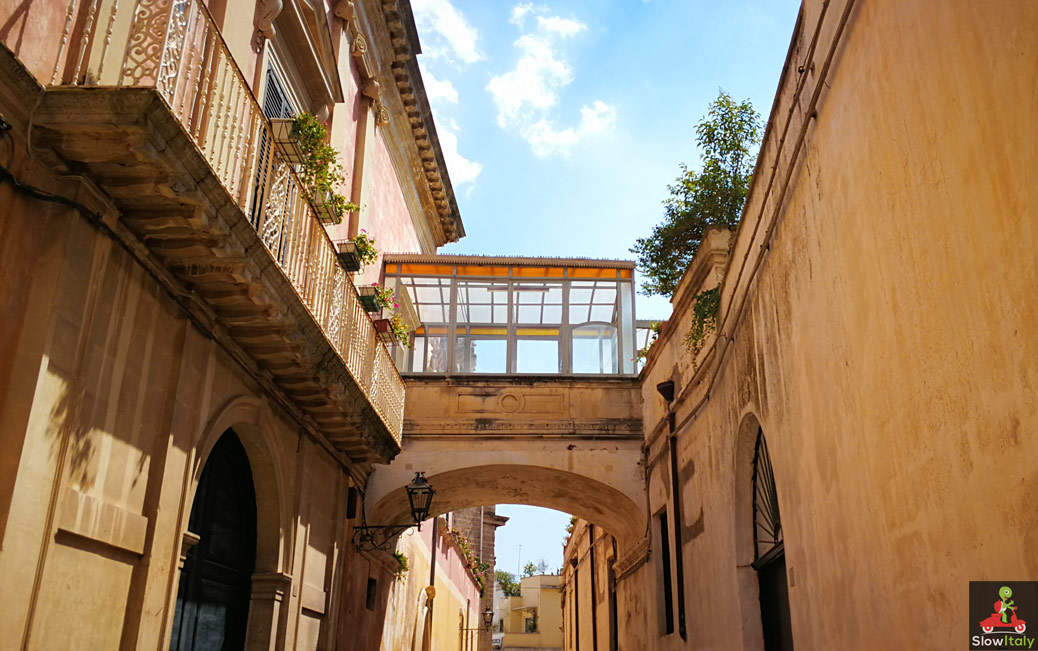
Especially noteworthy among the religious buildings is the Church of San Domenico, built between 1580 and 1594, with its magnificent, baroque façade. Following the earthquake of 1743 the church was almost entirely destroyed, leaving, however, the façade miraculously intact.
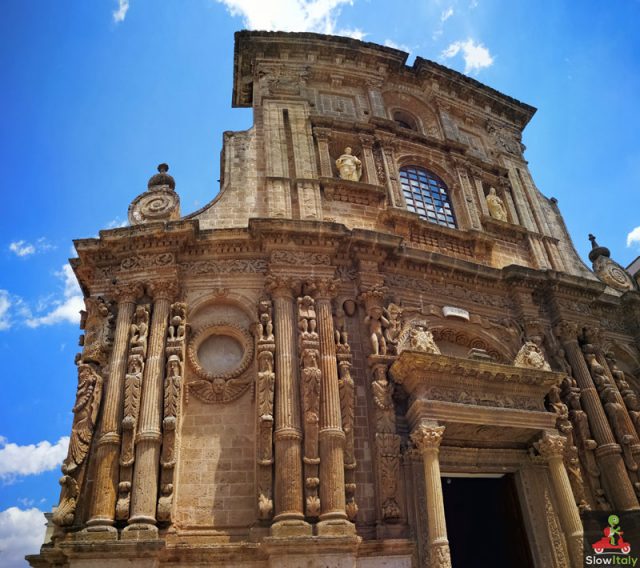
Nardò has always been a hospitable safe haven for various monastic orders and people of various religions. The Church and convent of Saint Clare is the most ancient monastic complex of Southern Italy, founded in 1265 by Clarisse nuns who sought refuge within the walls of the city. In the 15th century the convent owned substantial estates making it one of the wealthiest in the Kingdom of Naples, to which Puglia belonged until it was annexed to the Kingdom of Italy in 1860.
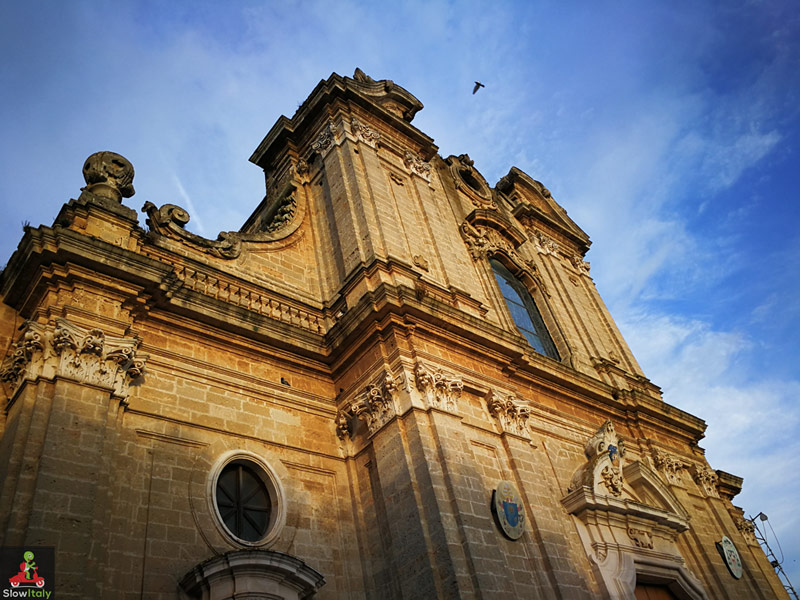
In later years Nardò showed that its hospitality remained undamaged. From 1943 and 1947, the city hosted more than 100,000 Jewish concentration camp survivors. The community of Nardò welcomed them warmly and assisted them despite their own difficult conditions, weakened and dispirited by years of war. After years of imprisonment, the Jewish refugees were given the possibility to freely practice their religion and their own traditions in the Synagogue set up in Santa Maria al Bagno, the seaside resort of Nardò.
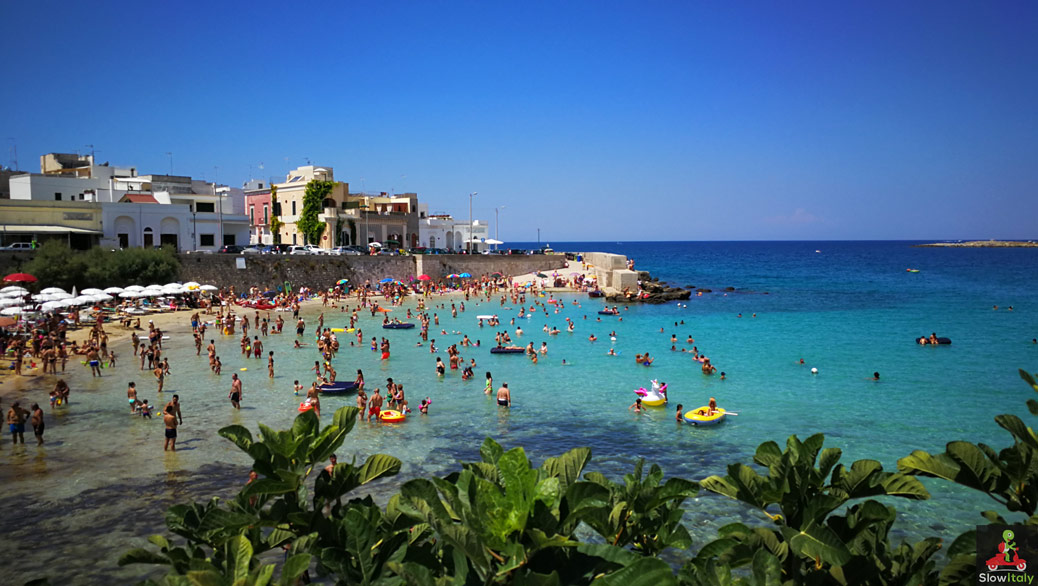
The Museo della Memoria e dell’Accoglienza (Memorial and Hospitality Museum) of Santa Maria al Bagno recounts the story of these Jewish Holocaust survivors who made it to this part of Italy, of the skills that were exchanged and the friendships that were formed between the local population and the refugees.
Please note that the museum is no longer publicly financed and is staffed by volunteers, so it is open only a few hours a day, Sundy included (but closed on Saturday).
On a different note, but still in the same (hospitality) vein, each year at the beginning of July, Nardò hosts an unique international festival, Circonauta, dedicated to circus and street artists, during which actors, acrobats, fakirs and video-artists perform a unique live show on Piazza Salandra.
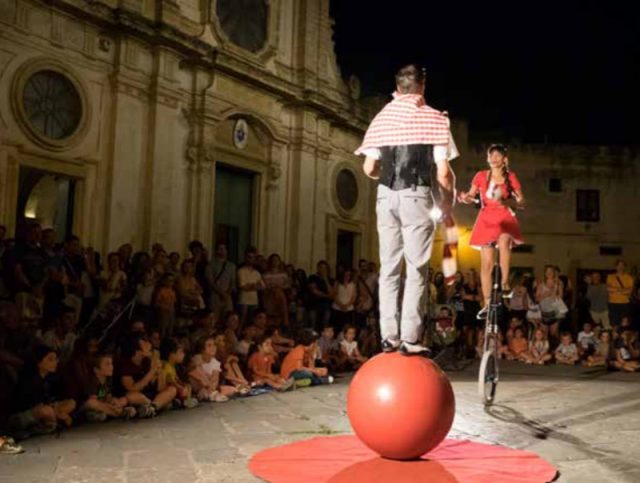
For a quick lunch we recommend the little bar with shaded terrace, on the right of Church San Trifone, “Rendez-vous” (indeed, it doesn’t sound very Italian, but what they serve is truly authentic!). They serve an excellent Italian craft beer and delicious taglieri of cold cuts and cheese!
Worth mentioning here is the origin of the neighboring Church San Trifone, which was erected at the request of the population to honor the saint who had delivered the countryside from the infestation of ravaging caterpillars!
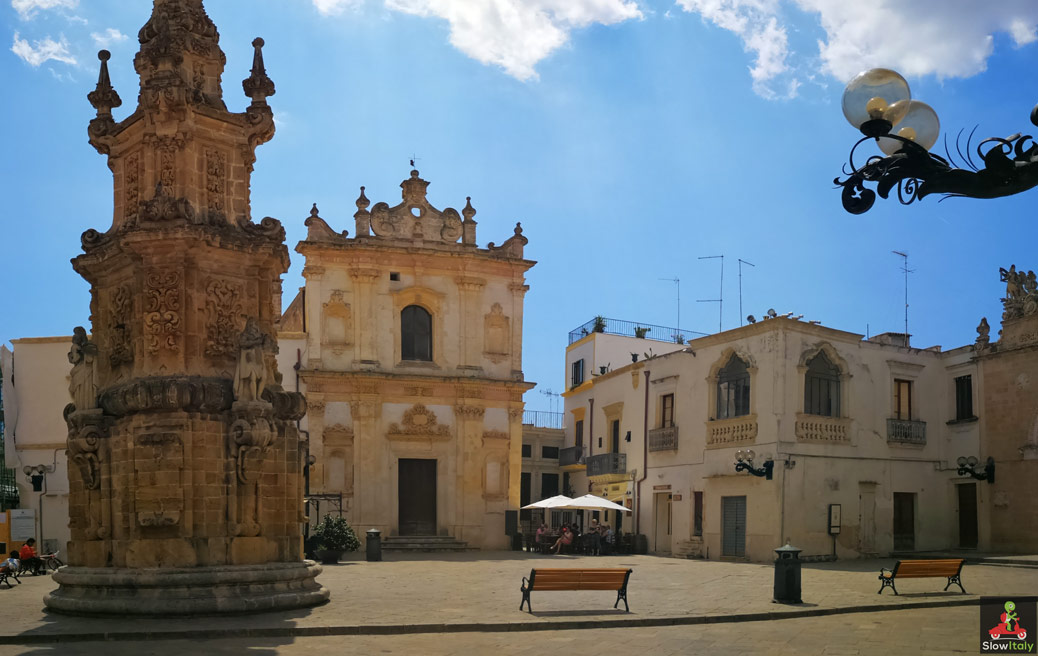
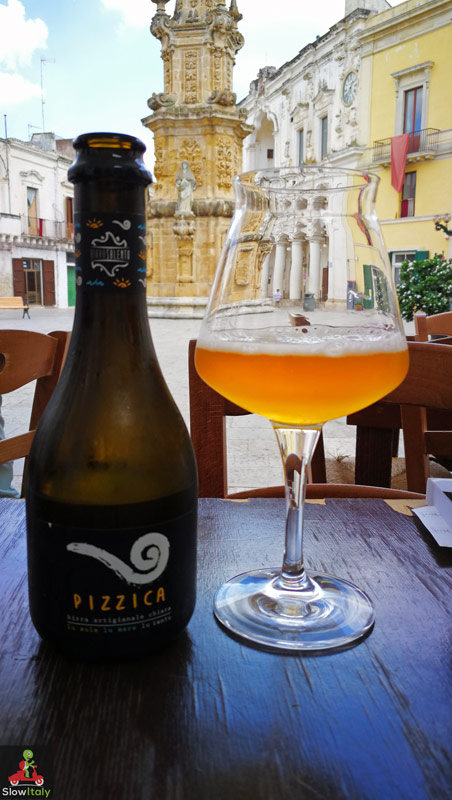
In our next post we’ll take you to other surprising destinations on our road trip in Puglia. Stay tuned!

